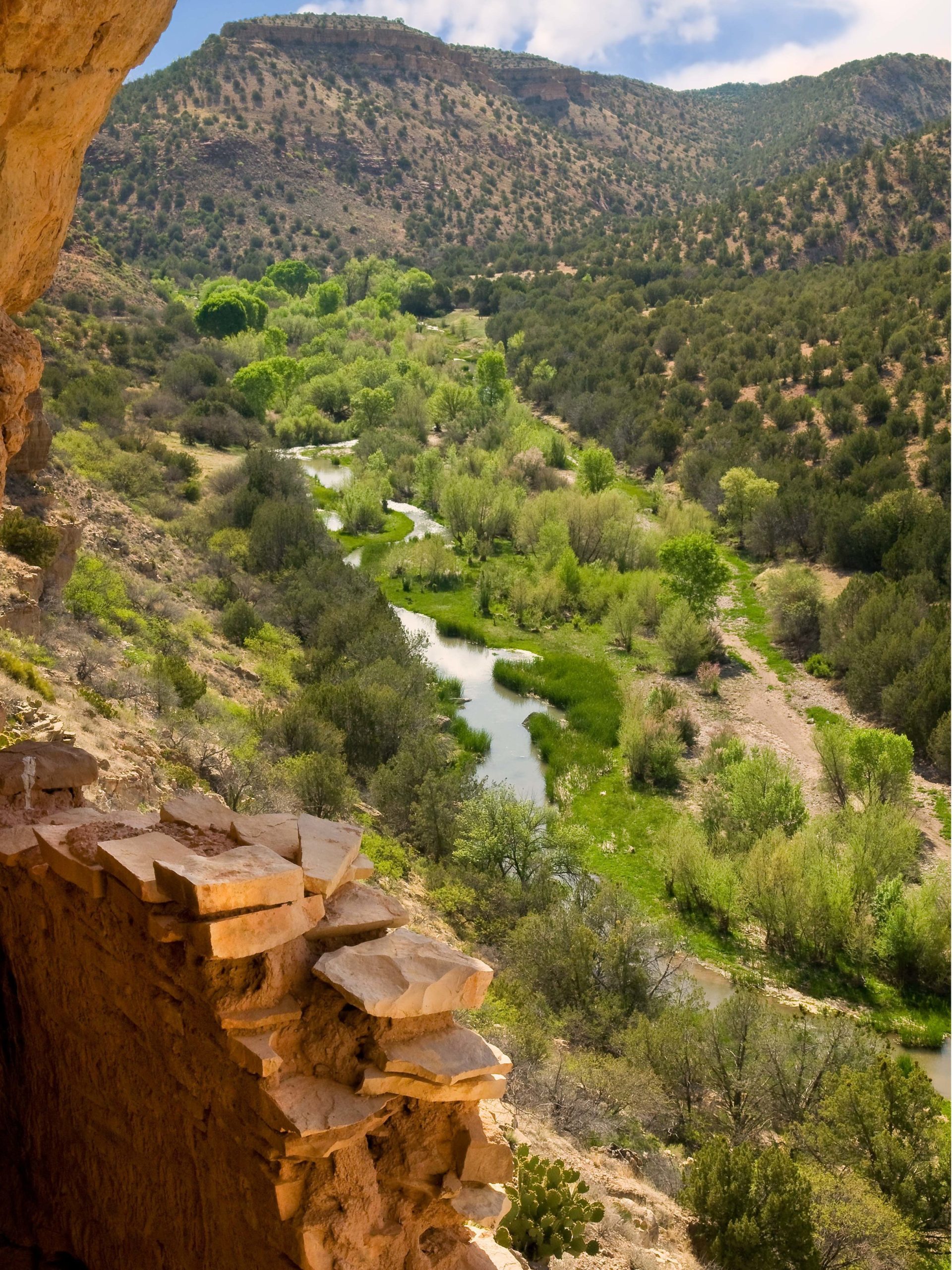
A refuge for wildlife and people
The Verde River is an extraordinary ribbon of life through the heart of Arizona. The Upper Verde – extending from east of Paulden to the town of Clarkdale – is one of the most clean, healthy, economically important, and culturally significant free-flowing rivers remaining in Arizona.
The Upper Verde River provides:
- Important habitat for fish, wildlife, and birds
- A wide range of recreation opportunities including hunting, fishing, hiking, swimming, birding, paddling, horseback riding, and a scenic railway
- Stunning geology, scenery, historical sites, and cultural significance
- Clean water for downstream users – farms and ranches, cities, and Indigenous communities
The Verde River Supports Community Values
Economy
The Upper Verde sustains important agricultural and recreation economies. Natural areas are proven to benefit local economies.
In Yavapai County, 216,000 Arizona residents participate in outdoor recreation on or along waterways, creating an annual economic impact of $1 billion and generating 9,400 jobs (Arizona Audubon Report and the Yavapai County Fact Sheet, 2019).
Wildlife
Although the Verde River watershed comprises only 5.8% of the land area in Arizona, the Verde River supports a surprisingly large fraction of Arizona’s vertebrate species: 78% of breeding bird species; 89% of bat and carnivore species; 83% of native ungulate species; 76% of reptiles and amphibian genera.
This includes 21 species listed under the Endangered Species Act!
Cultural & Historical Values
The Verde River and its springs are an essential spiritual and cultural foundation for the Yavapai-Apache Nation. The river corridor contains Indigenous rock art, structures, and other cultural resources. The Upper Verde is also listed as an Arizona Heritage Water.
Quality of Life, Recreation, Scenery
Clean air, open spaces and bodies of water, and opportunities to view the natural world enhance our daily living. The Upper Verde is a wonderful place for people to hike, hunt, fish, camp, backpack, kayak, canoe, view wildlife, photograph, ride horses, rock climb, and birdwatch.
In Arizona, over 750,000 people participate in water recreation, 490,000 participate in fishing, and 920,000 people watch wildlife along the Colorado River and its tributaries, including the Verde River (Southwick Associates, 2012).
Uniqueness
Of Arizona’s six major perennial rivers, the Gila, Salt, and Santa Cruz Rivers have been consumed by dams and groundwater pumping. The Colorado is overallocated and rarely flows to the Gulf of California, and the San Pedro is struggling for life.
The Verde River is the longest surviving, living river in Arizona.